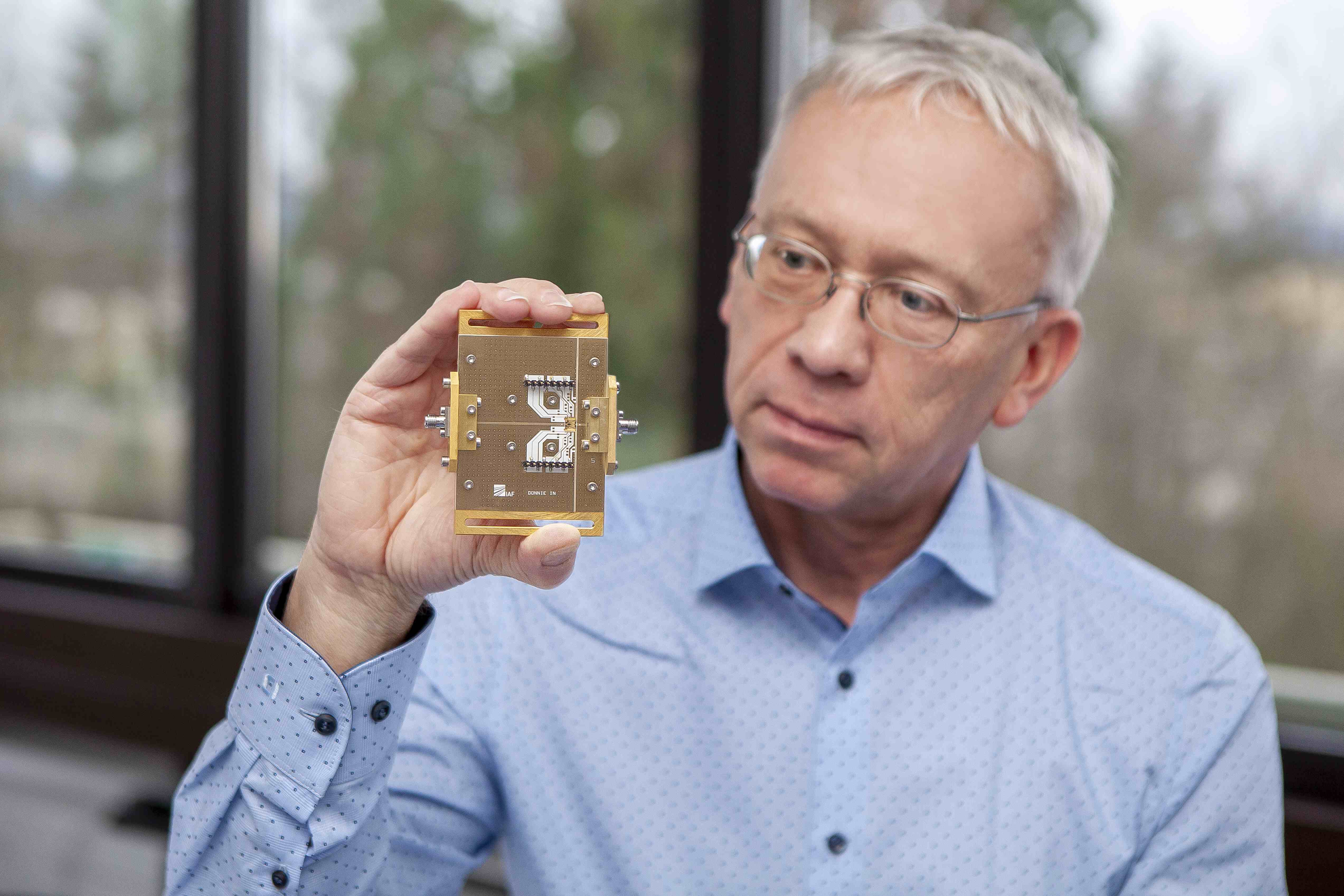Wolfgang Templ is Group Manager »Radio Transceiver Devices« at Nokia in Stuttgart. He was a communications enthusiast while he was still at school, building a light telephone to connect with the house of his best friend. In this interview with Michael Mikulla, Head of the business unit »Power Electronics« at Fraunhofer IAF, he talks about revolutionary developments and visions for the future of communication.
In conversation with Wolfgang Templ from NOKIA
What will the communication of tomorrow look like?
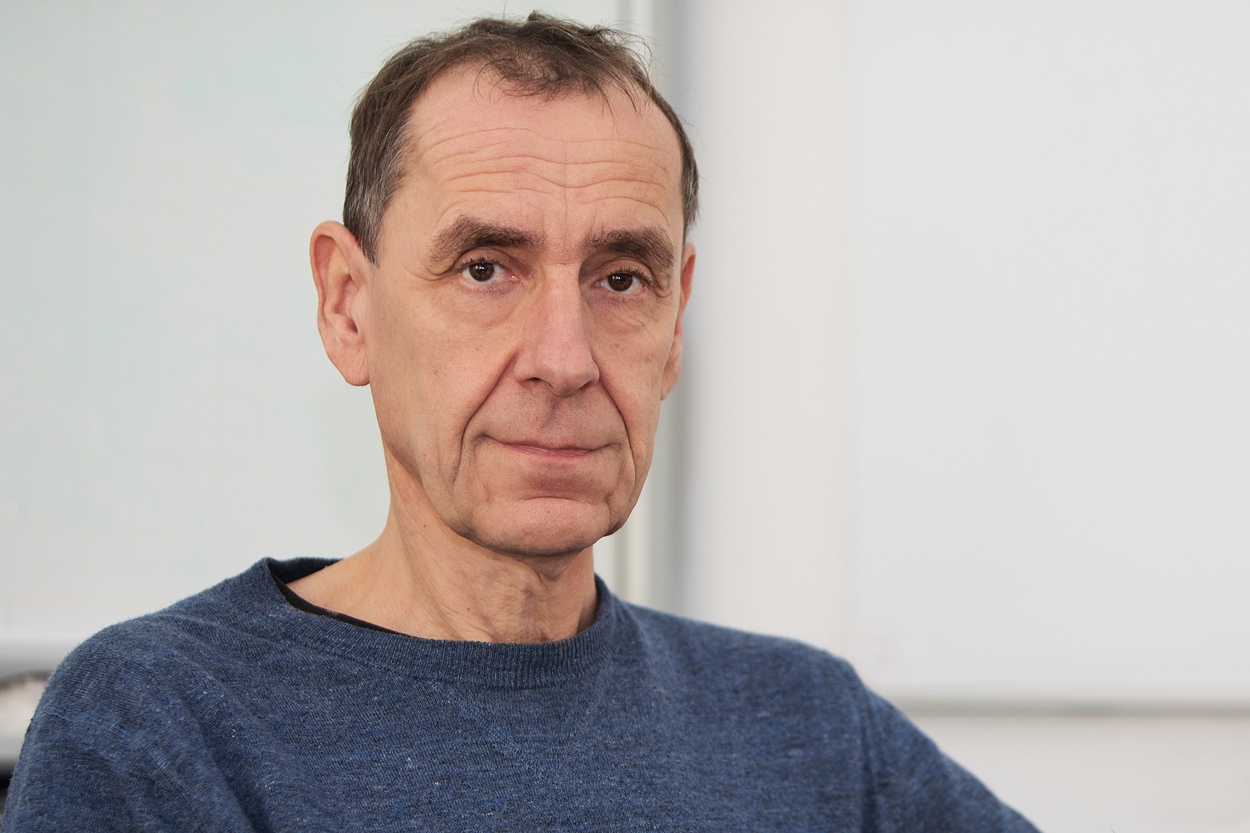
Where does your passion for communication technology come from?
Templ — I have been interested in electronics since my childhood. At school I built a light telephone whose function was based on the amplitude modulation of a light beam from the bulb of a brake light. It worked well enough to bridge the 150 meters to my friend's house. The only problem was that when there was fog there was no chance of talking to each other.
Mikulla — Technical questions have also always fascinated me. At school I always enjoyed physics the most, but in the end I studied electrical engineering and the devices have constantly become smaller and faster.
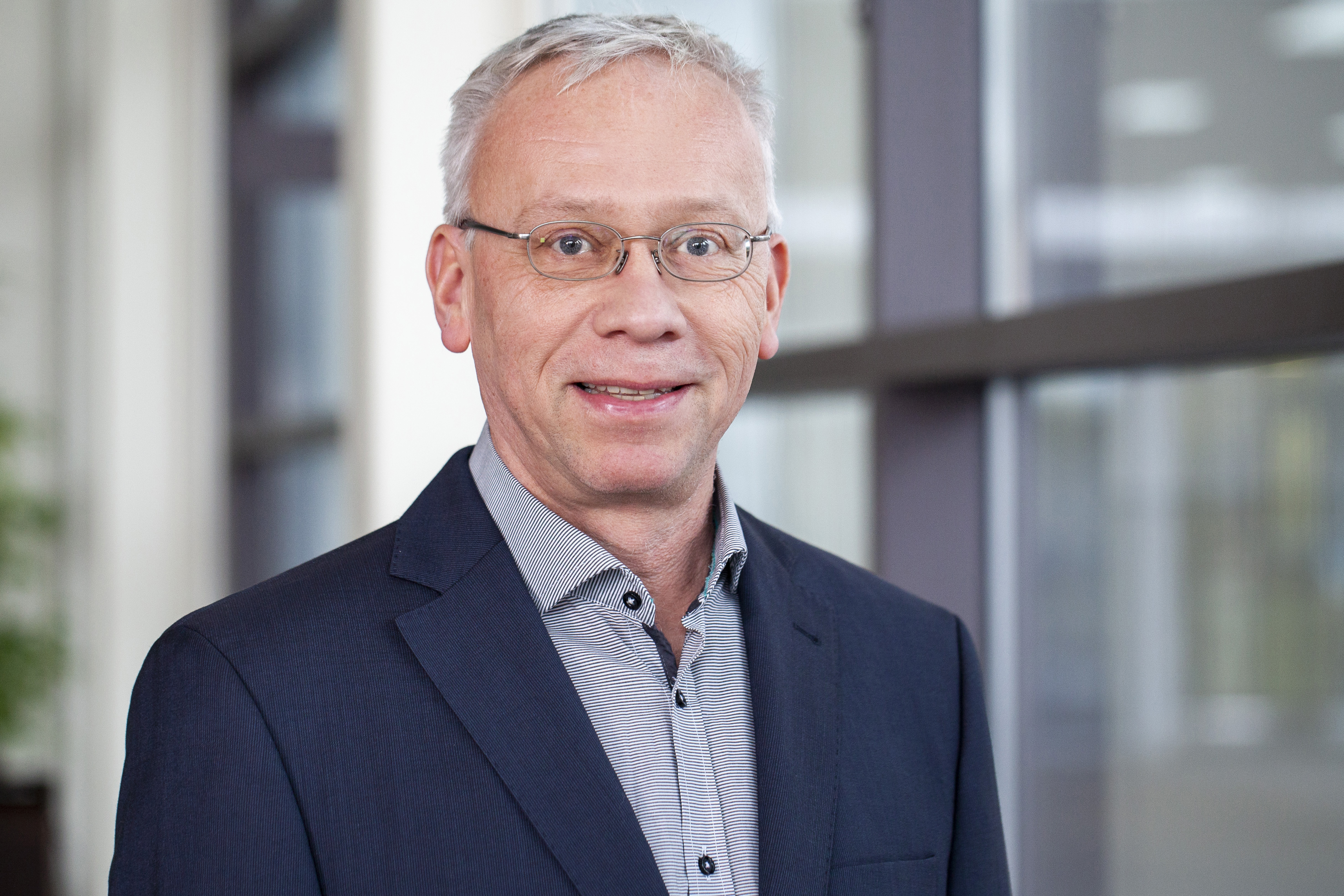
Have you already experienced a »Way Ahead« in your professional life, i.e. a revolution in communication?
Templ — Of course. I think the history of communications technology over the last 30 years has been a series of technical revolutions–and I am proud that we as a company have made a significant contribution to this, and that I have been able to actively experience and shape this development. I believe it is no exaggeration to say that the introduction of the Internet, mobile communications, and most recently the smartphone and the network technologies that go with it are having a significant impact on and changing our entire civilization and culture.
Mikulla — It's unbelievable how quickly things have changed. Rotary dials today are only known from Hitchcock movies, but in my youth they were the state of the art and there was a monopoly of the post office for telephoning. As a result, telephoning was more expensive during the day than in the evening. Absolutely inconceivable nowadays!
How does Nokia find a »Way Ahead« in cooperation with IAF?
Templ — We are researching transceivers for mobile communications. Mobile data traffic will continue to increase exponentially from year to year for the foreseeable future. Future transmitters and receivers will have to cope with very high data rates and work very energy-efficiently, and all this at an affordable cost. We are working with IAF on devices that support transmission of extremely high bit rates of several hundred Gbit/s on carrier frequencies up to the THz range, whilst simultaneously delivering high energy efficiency.
Mikulla — The conditions for developing technical solutions for 5G and later 6G at IAF are outstanding for components, transceivers, etc. Over the next few years it will be important to take the next steps with the right partners so that we can develop robust, flexible and scalable hardware. We believe Nokia is one of the top partners for this kind of work!
Templ — A real breakthrough would certainly be an energy-efficient device with technology that allowed for a compact, low-cost THz communications system. This would mean a further significant increase in data rates with even greater flexibility.

In your opinion, what does it take to get a research result into the market, apart from ingenious ideas?
Templ — The research result must, of course, address a current or future need. But timing is also very important. It is clear that a research result can be available too late and can be overtaken by reality. It may be much more surprising that the opposite is also true: if the result is available too early, the market may not be ready yet and so the research may »disappears into the drawer«. In addition, research results should have the potential for commercial implementation. This includes the identification of an industrial partner who will take over the commercialization. In the case of hardware, there must be a possibility of profitable series production and the guarantee of reliability over the course of the service life.
Mikulla — We already have such a successful cooperation today. But I fully agree with Mr. Templ: the timing for market entry and, accordingly, for the research and development work that precedes it is absolutely important. To stick to the 5G example, the next step will be to exploit the first frequency bands in the millimeter-wave range, only then will terahertz frequencies become interesting. And, of course, we also have to think about series production in large quantities in good time, which we at Fraunhofer IAF cannot provide. But I also see good opportunities for this in Europe over the next few years.
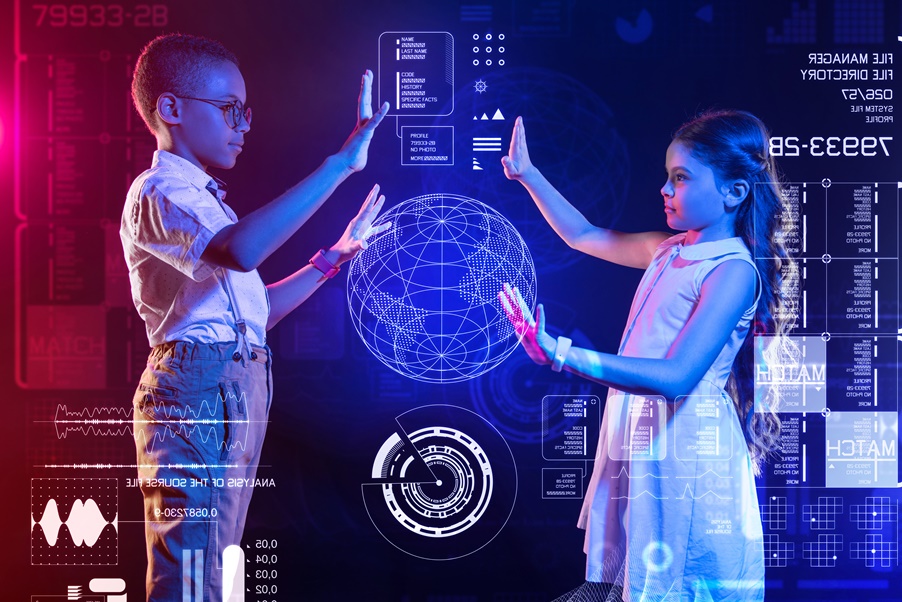
What do you imagine our communication will look like in 20 years?
Templ — I could imagine that the trend is towards stronger networking and an even better communication experience: as far as communications between people are concerned, I imagine that there will be almost perfect immersion in the environment of your interlocutor. Virtual Reality and Augmented Reality are already making much of this possible. With further improvements in image quality, 360° vision, 3D projection and holography, there are still a lot of developments ahead.
Mikulla — I think that both online and offline forms of communication will retain their legitimacy. On the one hand you'll want to be in close contact with friends and family all over the globe, but on the other hand it's of course very difficult to substitute technological progress for a walk in a forest or by the sea.
What would be your vision of the perfect communication of the future?
Templ — I imagine that being totally immersed in the immediate surroundings of the person I'm talking to will be great. You'll have the impression that they're physically present or that you're physically with them, for instance at a stadium event or a concert. To be realistic, though, this would also have to include smell, taste and the sense of touch. Ultimately, the individual could communicate with a counterpart – like in a realistic dream – or immerse themselves in a virtual world.
Mikulla — These are fascinating perspectives, which I think will largely become reality and will enrich people's experience of communications. We must not forget, however, that we are analogue beings with limited receptive capacities. The great task will therefore be to involve people in this process so that they don't feel left out.
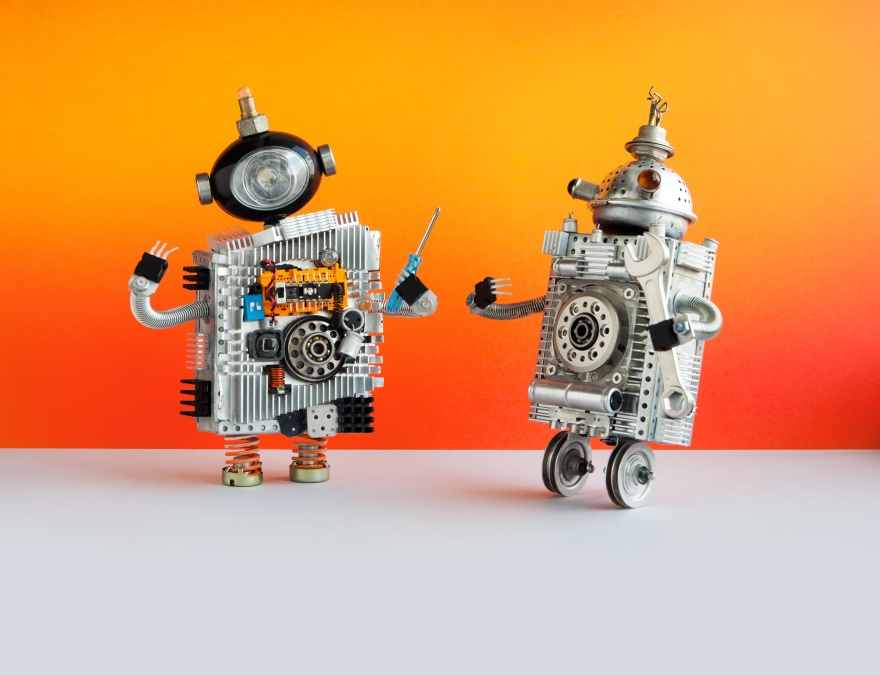
What would you like to invent on our way into the future?
Templ — I believe that washing machines and dishwashers were two of humanity's best inventions. Measured against this, I have more modest ambitions: I would be satisfied with WARP drive or teleportation.
Mikulla — I wish I had a robot to help me at home: separate garbage, clean windows, that sort of thing. I wonder if you could have a conversation with them and if they would get together with their colleagues, for example to go to a concert?
-----------------------------
After his studies, Dr. Wolfgang Templ applied to Alcatel SEL in Stuttgart, which is now part of NOKIA. At first he worked in the field of device qualification and 4 years later changed to the research field. In his profession, he appreciates the creative freedom at NOKIA and the opportunity to develop technologies that ultimately influence the lives of all people and can change society for the better.
Dr.-Ing. Michael Mikulla applied to the Fraunhofer-Gesellschaft after finishing his studies. He first worked in the field of high-power diode lasers and founded the company m2k-Laser (today part of Coherent). He then headed the department »Technology« at Fraunhofer IAF and switched to the new field of GaN power electronics. He particularly appreciates having many likeable colleagues at IAF and the opportunity to develop resource-conserving technologies that are useful for society.
 Fraunhofer Institute for Applied Solid State Physics IAF
Fraunhofer Institute for Applied Solid State Physics IAF